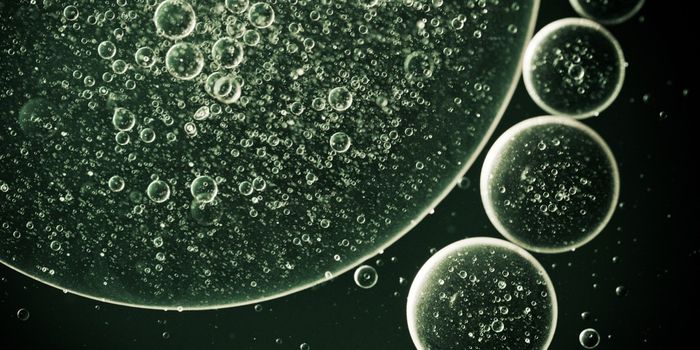Building a New Chemotherapy Drug
For decades, modern medicine has relied on chemists’ work to produce compounds that could one day be used as a drug for one disease or another. Through the use of a little mad science, these chemists helped advance medicine into the modern age.
Anti-cancer medicine is one such field where chemists were some of the primary contributors to drugs and therapies for decades. What chemists do is combine different molecules in controlled reactions to produce (they hope) a specific kind of molecule. These molecules are intended to fit into important binding sites within the cellular machinery and inhibit or activate some pathways to fight back against a disease.
One example of chemistry in modern medicine is chemotherapy. Chemotherapy is a treatment method that uses chemical compounds designed to target a particular protein abundant in cancer cells. Once the chemical reaches the protein, it would bind to and inhibit the protein and impair the cancer’s growth.
So how do they do it? Well, there are easily thousands of different reactions chemists could use to make any number of molecules. In one new study, a team at the University of Minnesota used base molecules indazole and diphenyl urea to produce a series of molecules to design a new anti-cancer drug.
Honestly, it is hard to relate chemistry and the reactions the team conducted to get the final molecules, so if you are interested, please click on the link at the end of the article to see the specifics (pages 2 and 3). After a few rounds of reactions, the team ended up with eleven candidates that all showed anti-cancer activity against several aggressive cancer cell lines in vitro. However, the team came across stability issues and, after some work, ended up with only two final candidates.
These candidates retained the in vitro anti-cancer abilities of the most effective of the original eleven molecules while being sufficiently stable to proceed with testing. The team ran a mouse model to investigate these molecules’ effects on mice and against tumor growth. The molecules proved to be well tolerated (little to no toxicity) in mice and inhibited tumors’ growth compared to controls. They were even more effective than approved chemotherapies oxaliplatin and doxorubicin.
Modern medicine might be all about these new-fangled biological drugs, but don’t count the chemists out yet. This study identified two molecules that showed significant anti-cancer activity both in vitro and in mouse models. The molecules even outdid current clinical chemotherapies (in the mouse model). More information is needed on the safety of the molecules, but these results are quite promising.
The study concludes, “Further structure activity relationship studies are required to synthesize and identify a more potent lead compound that can completely suppress the tumor growth, wherein detailed mechanism of action studies can be carried out.”









